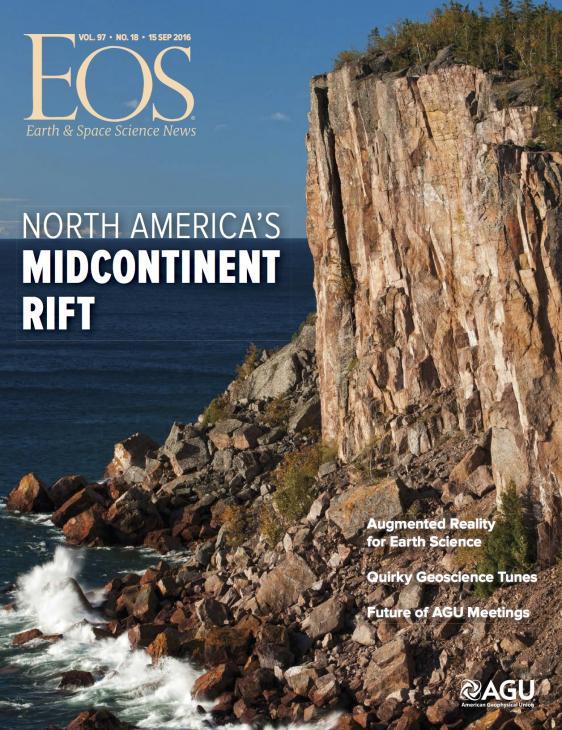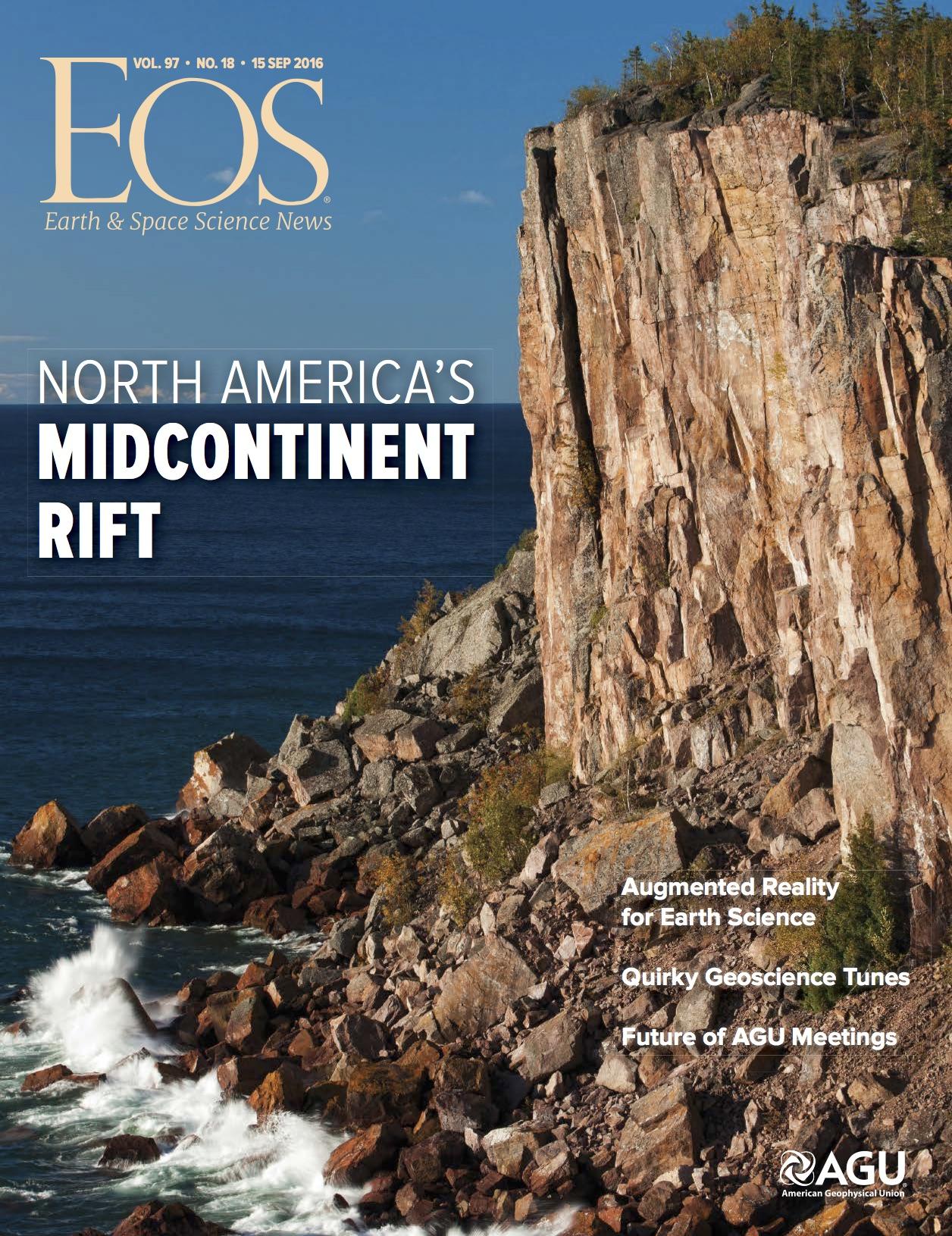Article Main Body
Lake Superior and the spectacular scenery around it result from one of the more important processes shaping our planet - the splitting of continents to form new oceans. A great place to study these
is the 3000 km long 1.1 billion year old Midcontinent Rift
Lake Superior and the spectacular scenery around it, as seen in places like Pictured Rocks and Apostle Islands National Lakeshores, result from one of the more important processes shaping our planet - the breaking apart of continents to form new oceans. Throughout earth's history, continents have split along rifts, long zones of volcanism and stretching, which become spreading centers along which new ocean basins form and can grow to the size of the Atlantic and Pacific. It even looks like similar rifting may have happened on other planets.
Understanding how rifting works is important for both science and society, because rifting provides conditions for the deposition of hydrocarbons and other mineral resources. The problem is that when rifting succeeds in forming a new ocean, not much remains from its early stages so it's hard to see what happened.
To explore these issues, researchers are studying the spectacular 1.1 billion year old Mid-Continent Rift System (MCRS). The rift failed, leaving a 2000 km long belt of volcanic and sedimentary rocks left from the early rifting stage.
We have produced a short video that tells the “story behind the scenery” covering both the geology and geoheritage - how the MCR gave rise to Lake Superior that is the basis of the area’s water-based history and economy, the copper deposits that shaped the region’s settlement and growth, and today’s tourist industry.
 Outreach
Outreach

